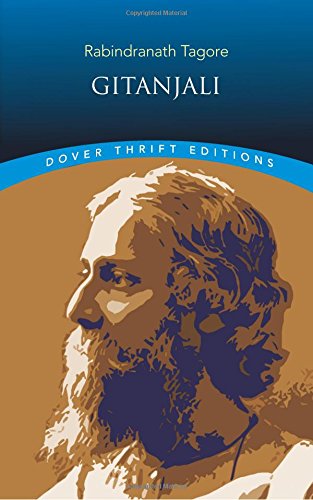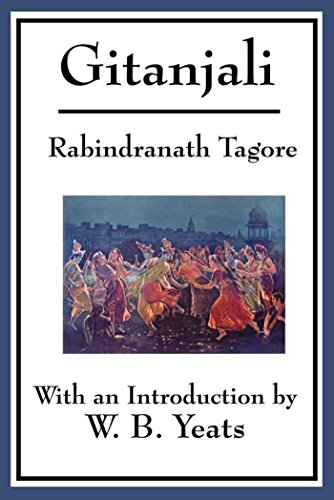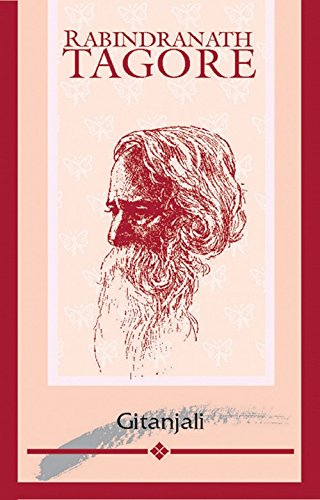Rabindranath Tagore
The crescent moon, child poems
About the Book
Poetry is a literary form that uses aesthetic and rhythmic qualities of language (e.g. phonaesthetics, sound symbolism, and metre) to enhance the prosaic ostensible meaning, or generate an alternative meaning. Poetry uses numerous devices such as assonance, alliteration, onomatopoeia and rhythm are sometimes used to achieve musical or incantatory effects. Poetry's long history dates back to prehistorical times ehen hunting poetry was created in Africa.
Also in this Book
Poetry as an art form predates written text, with the earliest poetry having been recited or sung, and employed as a way of remembering oral history. The oldest examples of epic poetry include the Epic of Gilgamesh from Bablylon and the Greek epics The Iliad and The Odyssey, and the Indian Sanskrit epics of Ramayana and Mahabharata. The longest epic poems in history were the Mahabharata and the Tibetan Epic of King Gesar. Aristotle's Poetics considered that there were three genres of poetry—the epic, the comic, and the tragic. Later aestheticians identified: epic poetry, lyric poetry, and dramatic poetry. One of the most popular form since the Late Middle Ages, is the sonnet, which by the 13th century had become standardized as fourteen lines following a set rhyme scheme. The form had crystallized further by the 14th century and the Italian Renaissance, under the guidance of Petrarch.
About us
Leopold Classic Library has the goal of making available to readers the classic books that have been out of print for decades. While these books may have occasional imperfections, we consider that only hand checking of every page ensures readable content without poor picture quality, blurred or missing text etc. That's why we:
- republish only hand checked books;
- that are high quality;
- enabling readers to see classic books in original formats; that
- are unlikely to have missing or blurred pages.
Happy reading!
- Pages
- 118
- Weight
- 9.4 oz.
- Dimensions
- 6.69 x 0.27 in.
Enjoy reading The crescent moon, child poems? You may also like these books
-
W

Rabindranath Tagore
The Crescent Moon: Illustrated
Paperback (CreateSpace Independent Publishing Platform Dec. 12, 2016) -

Rabindranath Tagore
Glimpses of Bengal - Selected from the Letters of Sir Rabindranath Tagore 1885-1895
Paperback (Arc Manor Feb. 5, 2008) -

Rabindranath Tagore
Stories from Tagore
Paperback (CreateSpace Independent Publishing Platform Sept. 8, 2014) -

Rabindranath Tagore
Letters: Extracts From Old Letters of Rabindranath Tagore
Paperback (Forgotten Books )
















